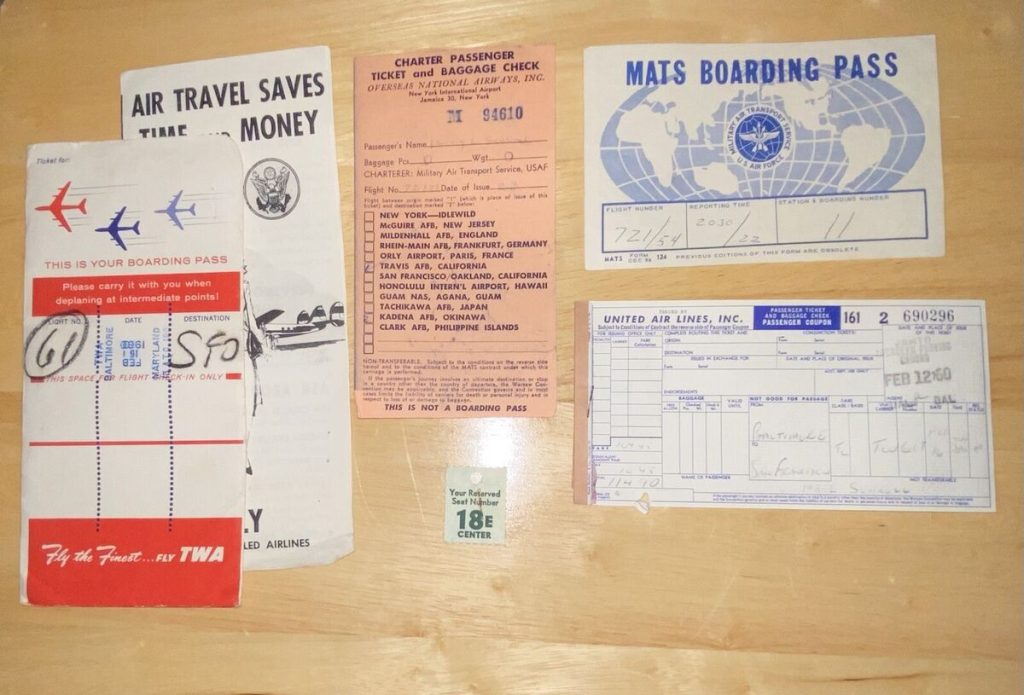The 1970s marked a transitional era in commercial aviation—a time when jet travel became more routine, yet still retained a sense of charm and style. Silver-bodied aircraft, handwritten tickets, and boldly colored cabin interiors created a unique aesthetic that many still look back on with nostalgia. Flying was no longer exclusive to the elite, but it hadn’t yet become fully utilitarian. It was a stylish way to cross the world, and the design reflected that spirit.
The Silver Birds
One of the most iconic visuals of 1970s aviation was the unpainted, polished metal fuselage—aircraft that glinted in the sun like chrome sculptures. American Airlines famously adopted this look as its signature, saving weight by skipping paint and emphasizing speed, modernity, and efficiency.
Jets like the Boeing 727, 747, and the McDonnell Douglas DC-10 appeared with minimalist branding, letting the sleek metallic body speak for itself. Brightly colored tail logos and retro typography completed the look. Each airline cultivated a visual identity that echoed the optimism and boldness of the decade.
The Era of Paper Tickets
Long before mobile boarding passes and QR codes, a plane ticket was a physical object—a sturdy, perforated booklet with carbon paper and multiple stubs. Agents often typed passenger details manually or filled them in by hand. Every leg of the journey was printed and recorded on individual coupons.
Travelers often kept these tickets as mementos—evidence of faraway adventures or a first flight. Holding a paper ticket in hand was part of the ritual of travel, and it added a tangible sense of purpose and destination.
Cabin Colors and Crew Style
Step into a 1970s airplane cabin and you’d find a riot of color: burnt orange, avocado green, mustard yellow, and earthy browns. Seat fabrics, carpeting, and bulkheads embraced these bold palettes. The décor was unapologetically stylish—even playful—reflecting the era’s interior design trends.

Flight attendants, too, were fashion icons. Uniforms included mini dresses, go-go boots, bold prints, and coordinated accessories. Airlines like Braniff International even collaborated with top designers to outfit their crews in haute couture at 35,000 feet.
Between Romance and Reality
The 1970s saw the rise of jumbo jets like the Boeing 747, which brought long-haul travel to the masses. Flying became more affordable and less exclusive—but also more standardized. The golden glamour of the 1960s gave way to a more democratic, practical experience.
Still, the aesthetics of 1970s aviation remain beloved. From gleaming metal fuselages to color-drenched cabins and iconic ticket designs, the decade left behind a rich visual legacy. Today, these “silver birds” and their analog rituals are remembered not just for what they were, but for how they made air travel feel: stylish, bold, and a little bit magical.

